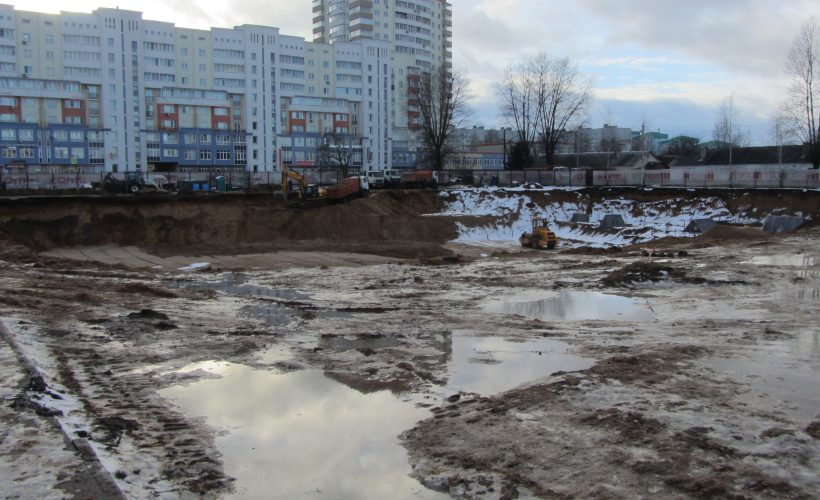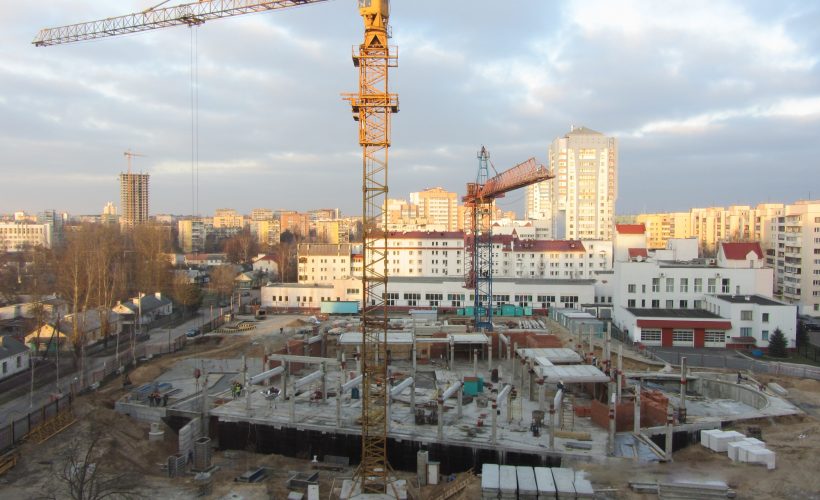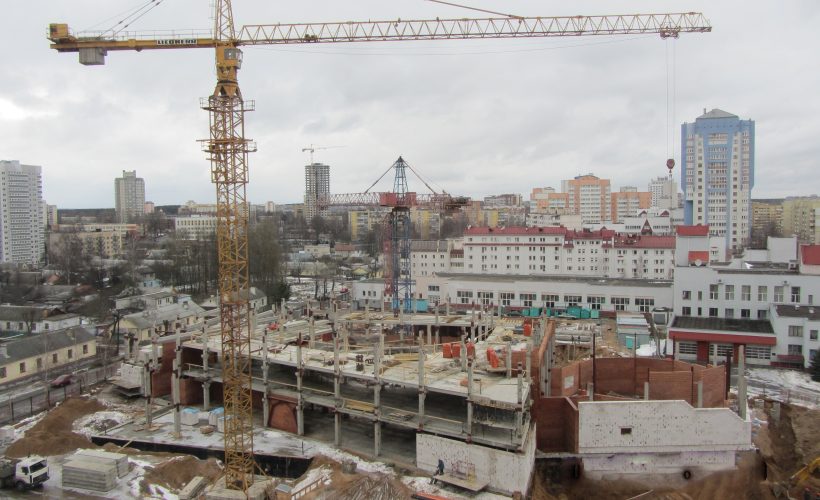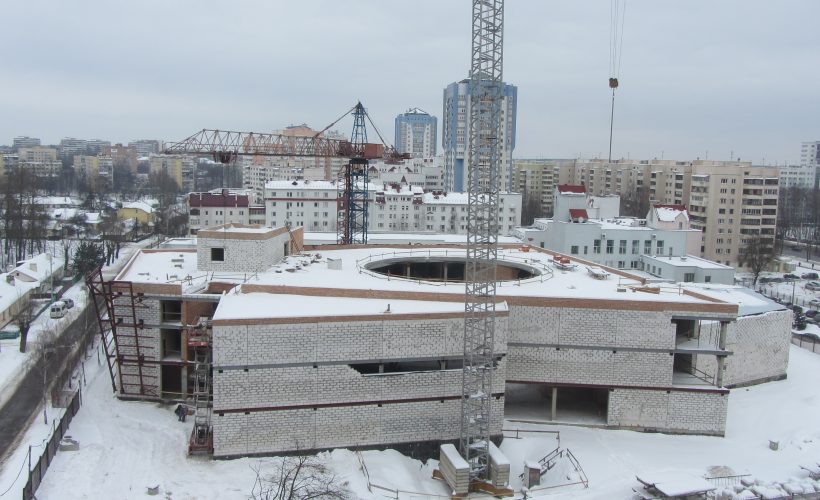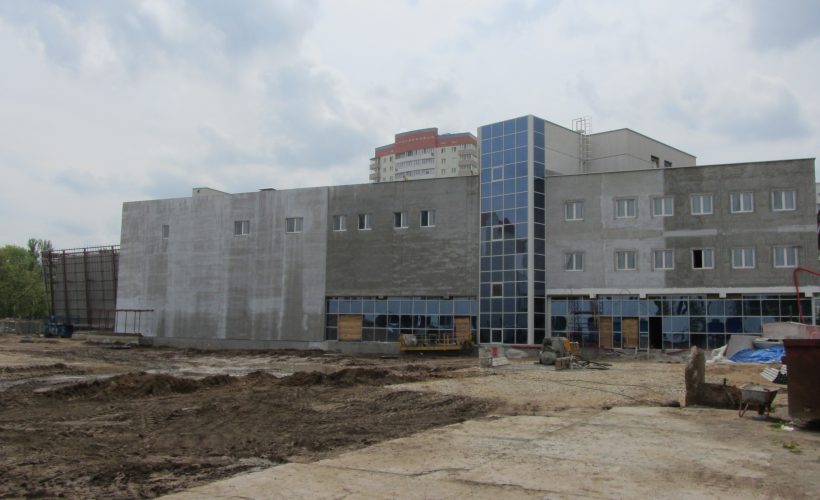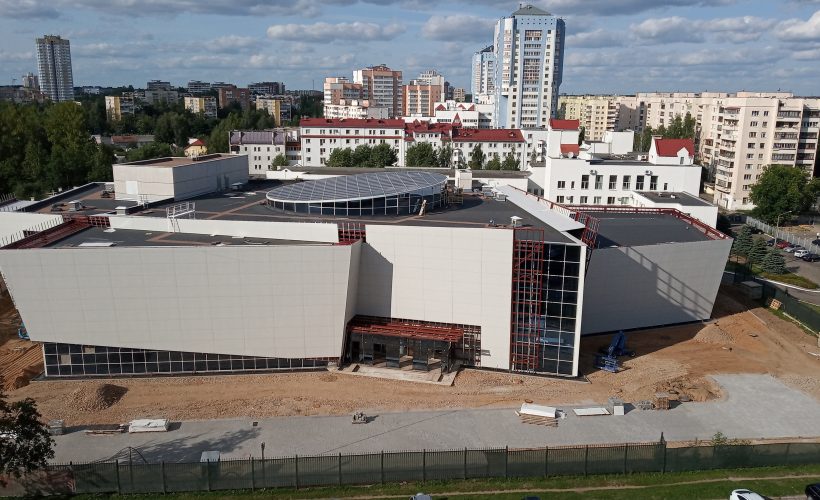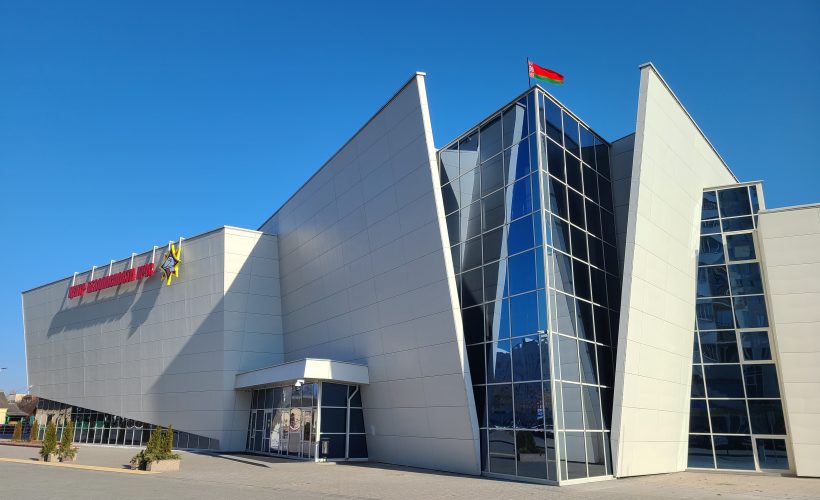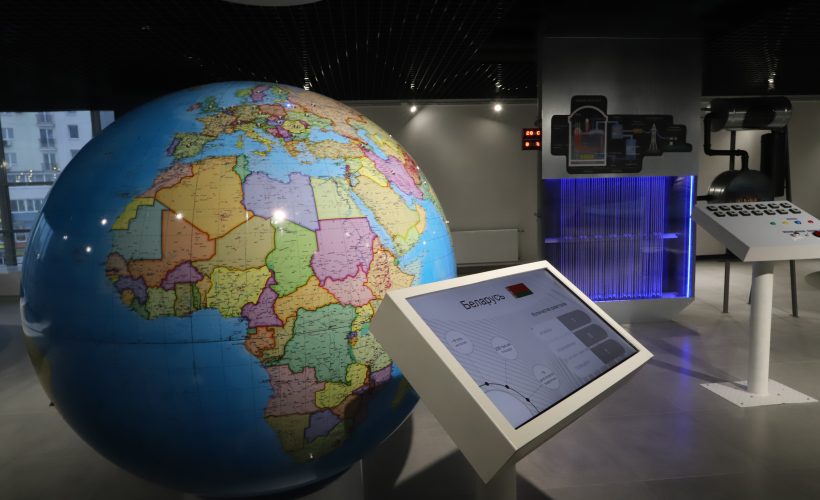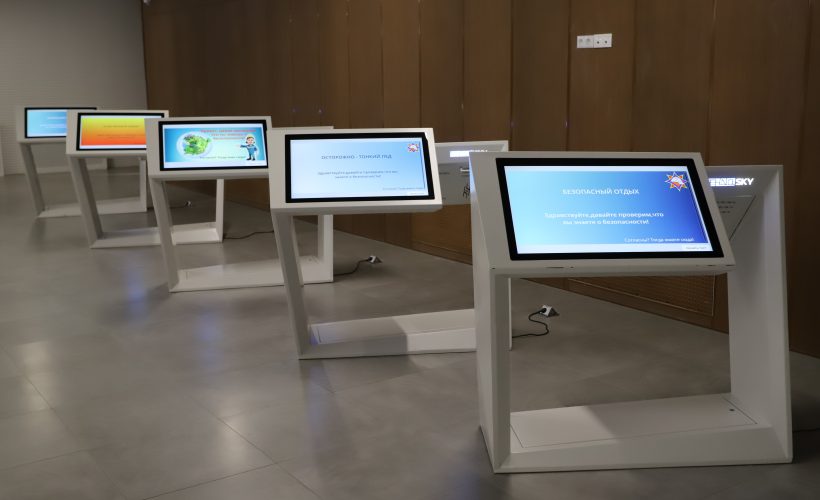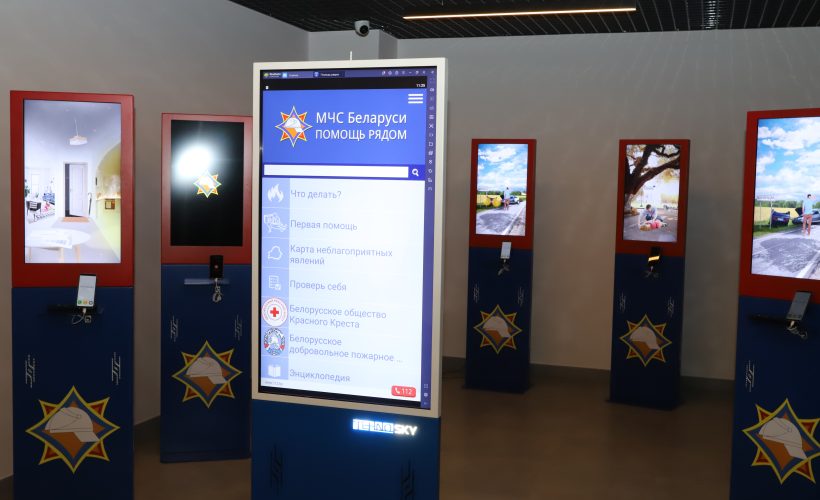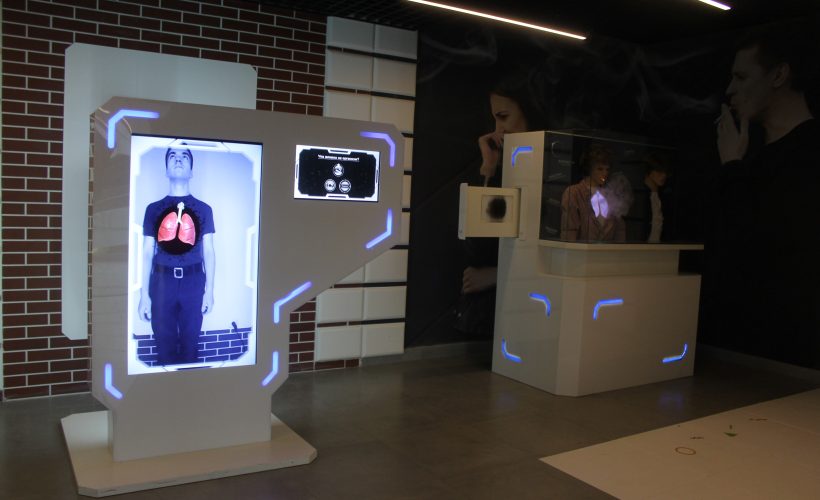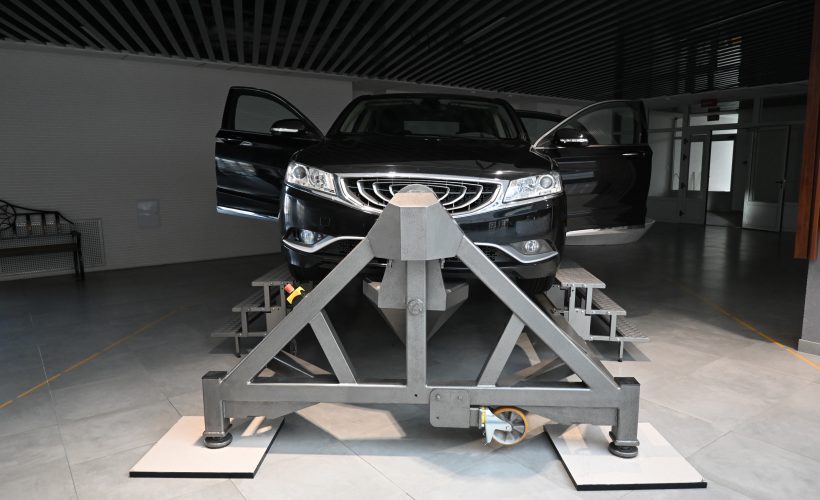
About the center

The goal of life safety education is to achieve a state of society in which ensuring compliance with safety measures is an internal need of every person and all necessary conditions have been created for its realization.
The process of teaching life safety to the population has its own peculiarities. The creation of complex innovative educational sites (centers) equipped with innovative hardware and software complexes and software that allows simulating various dangerous situations (accidents, emergencies, crimes, etc.) can be considered as an advanced example in this process. These educational sites (centers) allow students to develop sustainable skills of safe behavior (hazard identification and detection, safe evacuation methods, messaging, etc.) by repeatedly solving various game situations. Such centers are currently functioning in a number of countries (People’s Republic of China, South Korea, Republic of Belarus, etc.).
In Sweden, training for schoolchildren is compulsory and takes place in fire stations. The compulsory program includes formation of fire behavior skills, use of primary fire extinguishing means in case of burning people, furniture, etc.

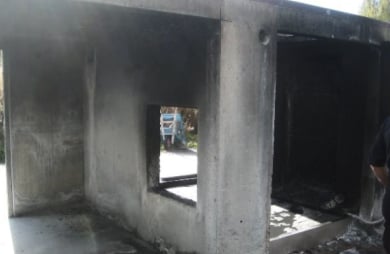
In South Korea, training is conducted in specialized training centers. The building of the training center is a typical building and consists of 4 floors. Each floor includes a number of thematic areas designed for a certain age group. Children aged 3-8 years old are trained on the first floor, 8-12 years old on the second floor, 12-16 years old on the third floor and 16 years old and older on the fourth floor. This training is provided annually for all age groups.
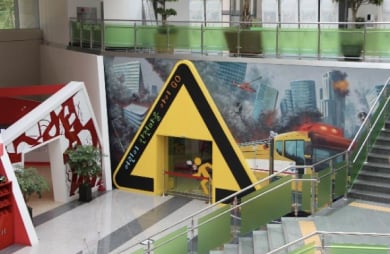
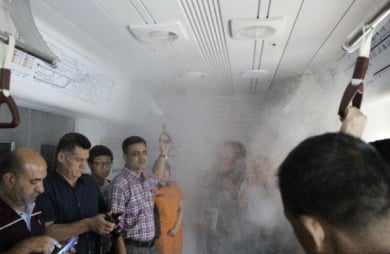
An interesting aspect is to teach adults how to use respiratory protection and first aid. At the same time, every adult can learn the techniques of cardiopulmonary resuscitation. In addition to centers of safety, animation materials are actively used, where skills of behavior in emergency situations are formed in a playful and humorous form.
In the People’s Republic of China, the Haidian Public Safety Museum was established in 2005 to educate the public. The museum has undergone three stages of renovation: in 2008, 2010 and 2014. The exhibition center covers an area of 10,300 m2.
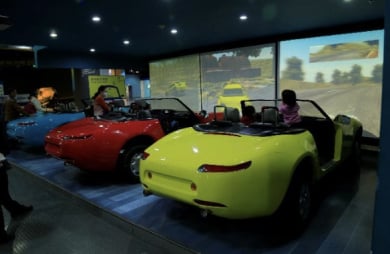
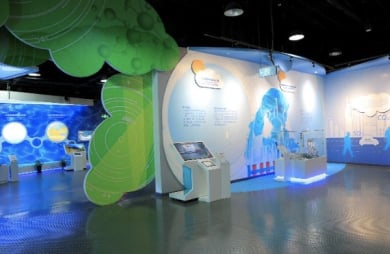
- getting an idea of environmental safety;
- practicing the rules of evacuation from buildings and premises in various emergency situations (fire, earthquake, building collapse, etc.);
- getting an idea of fire hazards and consequences of fire in residential premises;
- acquiring skills of using primary fire extinguishing means (simulator of extinguishing a virtual fire with the help of a fire extinguisher-trainer);
- prevention of panic in case of fire in a subway train car and rules of evacuation from it;
- understanding the purpose of light signs for safe evacuation from buildings;
- practicing safe actions at work;
- practicing water rescue skills;
- practicing air defense actions to ensure public safety;
- practicing the model of safe behavior on the street;
- practicing actions when meeting strangers;
- prevention and control of infectious diseases.
It should be noted that the training is not conducted as part of organized groups, and museum visitors must master the training material on their own.
Formation of life safety culture in the population is one of the significant directions of the Ministry of Emergency Situations of the Republic of Belarus. The security situation in the country urgently requires the creation and development of modern forms of life safety education for the younger generation on the basis of an integrated approach. This approach will help to reduce the negative impact of the “human factor” on the life safety of an individual, society and the state from external and internal threats associated with various dangerous and emergency situations.
In accordance with the Program of Social and Economic Development of Belarus for 2016-2020, approved by Presidential Decree No. 466 of December 15, 2016, the state policy in the field of life safety is implemented, among other things, through the creation in the country of at least seven (in each region and the city of Minsk) regional educational centers focused on teaching children the basics of life safety and equipped with modern educational equipment and visual aids, simulators with the necessary equipment and training materials.
Construction of the center in Minsk started in November 2014. When building and equipping the expositions of the center, the best international experience, as well as the experience of creation and functioning of territorial centers of safety, was taken into account. There are no analogues of security centers in CIS and European countries.
In addition to the main functions, the center has additional functions to coordinate the work of territorial centers of safety and conduct scientific and methodological work in the field of life safety. The center is a three-storey building with a basement. The total area is more than 10,000 m2.
The Ministry of Interior, Ministry of Defense, Ministry of Health, Ministry of Education, Ministry of Housing and Communal Services, Ministry of Energy, Ministry of Forestry, Belarusian State Concern for Oil and Chemistry participated in the creation of the Center’s expositions under the general guidance and coordination of the Ministry of Emergency Situations.
With the help of innovative technologies and simulators, visitors to the center have the opportunity to practice practical rescue and self-rescue skills. The expositions of centers of safety are built with the maximum transfer of reality on the basis of modern information technologies, using digital environment, augmented and virtual reality technologies.
In the educational center of safety the system of education of children and students is carried out in accordance with the main provisions of the ideology of the Belarusian state, the principles of the state policy in the sphere of education, and the state youth policy.
Active forms and methods of teaching safety rules introduced in the center allow a growing person to realize the value of human life, form a culture of safe behavior and responsible citizenship.
In addition, we believe it is important to create a sense of pride in our visitors for a country that thinks about people’s safety by creating such centers.
It is known that the maximum efficiency of the educational process is achieved through the use of visual information materials, mastering innovative forms and methods of teaching.
The expositions of the center of safety built with maximum transfer of reality on the basis of modern information technologies, using augmented and virtual reality technologies are of interest to the public.
Quest as entertainment is very popular among young people in our country. This is an intellectual kind of leisure. Quest is a game in reality, in which participants need to get out of a closed room, stylized with entourage decorations, filled with various hiding places, secrets and adventures. Players will have to solve puzzles, look for clues, keys. In our opinion, quests should not only entertain, but also educate players to kindness, humanity, empathy, sympathy, attentiveness, responsiveness, mercy. Education of humanity is the main value of education, in our opinion.
In the first minutes of an extreme situation under the influence of fear, surprise, panic, in a state of affect a person acts reflexively, at the level of subconsciousness. The experience of liquidation of emergency situations confirms that the number of victims among the population who know and know how to act correctly in extreme situations is 35-40% less. Therefore, it is possible to increase the level of safety of society and citizens by forming models of safe behavior.
Of course, life safety classes are held in educational institutions. Moreover, in Belarus from 01.09.2016 the discipline “Basics of Life Safety” is included in the list of compulsory subjects in general education schools (previously it was optional). However, school classes impart to children only basic skills of behavior in extreme situations, moreover, the material base of these institutions is not designed for in-depth study of safety issues, let alone practical training of knowledge and skills.
Development and introduction of modern and effective means and technologies of life safety training have a pronounced social effect, usually not calculated in monetary terms. At the same time, according to world expert estimates, taking into account that 80 to 94% of fires, accidents and man-made disasters are caused by human errors, training at the center will allow to develop safe behavior of people.
We realize that life safety education is an invisible process that has a long-term impact on citizens. By increasing the level of safety culture and reducing the negative impact of the “human factor” through training, it is possible to reduce loss of life and material damage from emergencies.
The Center allows to organize training at a high level: to practice actions in emergency situations, to increase the level of life safety, to form correct behavior. The acquired skills will help to preserve health and reduce loss of life.




